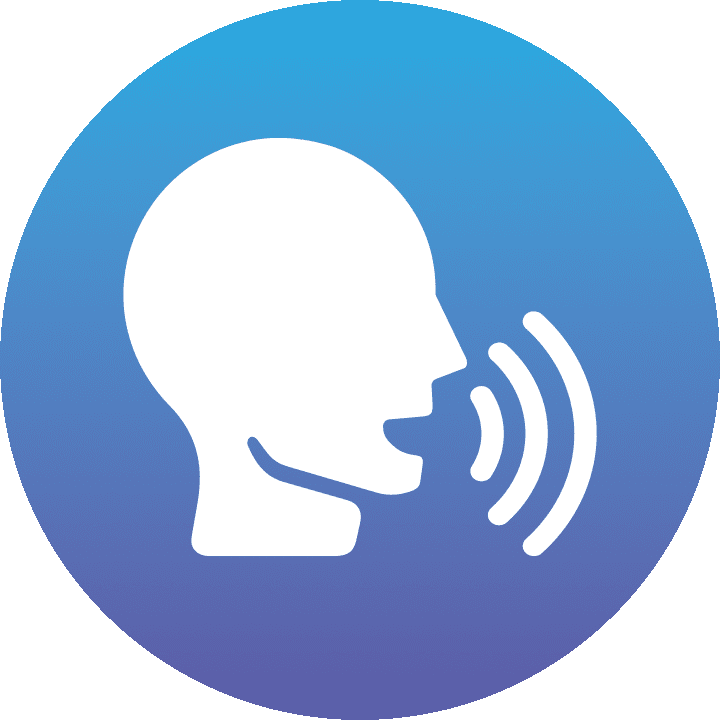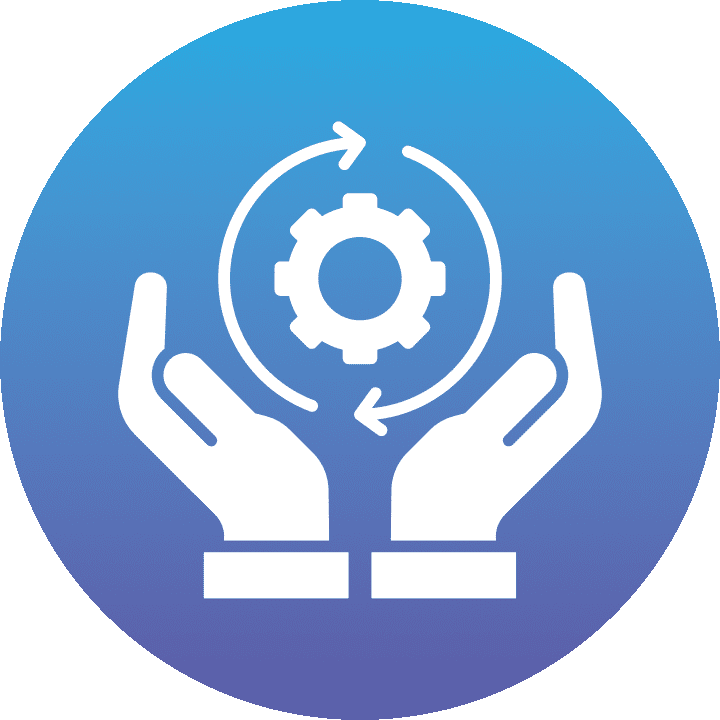Navigating the CRM Split: Generating Buy‑In

The transition to a new CRM system is more than just a technical migration; it’s a strategic choice that requires careful consideration and a strong point of view on what your organization needs for success.
To navigate the CRM transition necessitated by the Salesforce-Veeva split, it’s crucial to generate buy-in from account and field teams to ensure alignment and CRM utilization during and after the transition.
Interested in learning more about the Salesforce-Veeva split?
Read our first blog here.
Strategies for Generating Leadership Buy-In
Ensuring alignment between cross-functional leaders and field based end-users is essential for generating buy-in. Proving CRM value to sales leadership and field teams is key, and teams must be motivated and engaged as operations, functionality and reporting evolve.
To achieve this, leaders should focus on several key areas:
- Field and Account Team Activation: Leaders should engage field teams early and often in designing the implementation and communication plans. Clear communication is needed about what to expect, including the benefits of any change being made to CRM and how it will make their work easier and more efficient. Providing training and support to help field teams adapt to the new system is crucial.
- HQ Cross-Functional Alignment: Ensuring that all departments and all levels of leadership are aligned and working towards the same goals is vital. Silos will need to be broken down to foster collaboration between different teams, such as marketing, sales, commercial operations and IT. Regular insights sharing sessions can help keep everyone on the same page.
- Evolved Operations and Reporting: Leaders should focus on updating processes and workflows to align with the new system and ensure that reporting is accurate and timely. Leaders should also be open to feedback and willing to make adjustments as needed. Today it is possible to have dynamic target lists and call plans, continuous refinement and refined journeys as well as daily tracking and predictive analytics.
- Proving Customer and Business Value: Demonstrating and getting buy-in on the value of new CRM and field tools to sales leadership and field teams is critical. Centralizing tools and leveraging alerts can enable the CRM system to enhance workflow and results. Providing real-world examples and success stories can help build buy-in and generally yields much better results than top-down mandates with little to no corresponding benefit.
- Motivation and Incentives: Individuals should be rewarded for supporting the change effort through recognition for those who contribute to the success of the transition and become advocates and change champions.
Overcoming Challenges in CRM Adoption
We’ve seen clients working hard to drive adoption and taking a range of approaches. From our perspective, successful clients focus on doing a few things well and over time:

Enable Users to Have a Voice: Include end users in the design and empower them to bring feedback and perspective forward so that the ease and value of the system reflects their voice. Changing the mindset from reach and frequency to deeper engagement metrics can foster a more effective CRM adoption. Focus should be shifted from traditional metrics to those that measure deeper engagement and customer interactions.

Provide Adequate Change Management Support: Focus on leadership alignment, cross-functional collaboration and skill development will drive a smooth transition. Training helps teams adapt to the new system and fosters collaboration between different departments.

Long-Term Commitment: Plan for a change effort of 6-12 months with defined KPIs to measure success. Clear goals and metrics should be set to track progress and ensure that the transition is successful. With the pace of change and adoption of agile ways of working, change support should not be a “project” but rather an always ready capability.
Practical Tips for Leaders
- Collecting Engagement Metrics: Leaders should collect engagement metrics through surveys and field input teams to gain valuable insights. This data can help identify areas for improvement and measure the success of CRM adoption.
- Integrating CRM into Customer Engagement Strategy: CRM shouldn’t be simply a system of record but rather, a key part of a larger omnichannel ecosystem. This integration can drive more personalized, relevant content, fostering effective cross-functional collaboration.
- Providing Real-World Examples: Leaders should provide real-world examples and success stories to illustrate the benefits of CRM adoption, demonstrate the value of the new system and encourage buy-in from account teams.
Conclusion
Generating buy-in for CRM utilization requires a strategic approach, aligned leadership and a long-term commitment to change management. By giving users a voice in design, providing adequate support and integrating CRM into the overall strategy, leaders can ensure a successful transition. It is key to take proactive steps to demonstrate CRM value, and to foster deeper engagement metrics to navigate the CRM changing landscape effectively.
Author: Nancy Phelan

This blog is part of the One Chapter Ahead blog series, a Customer Engagement-focused thought leadership initiative to bring an informed, inspired point of view. Our intent is to bring a fresh perspective, driven by data, benchmarks, insights and expertise.
Other blog posts in this series:
- What Does “Good” Look Like in Customer Engagement?
- Get Ready to Orchestrate a Better Customer Experience
- Integrated Data + Hyper-local + Cross‑channel = Customer Engagement
- Foundational Differentiation: CE Requires Efficient Operationalization of Data
- Is Medical Omnichannel Poised for Growth?
- Are Pharma Brands Really Transformational?
- Culture and Collaboration: Keys to Customer Engagement Success
- Medical Affairs Customer Engagement: What’s Next?
- The Evolution of CRM in Life Sciences: Navigating the Split
Have a question? Reach out to our experts.